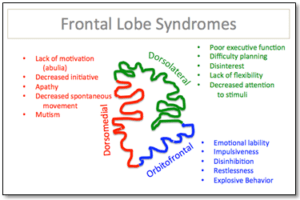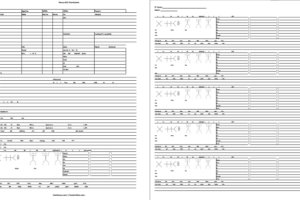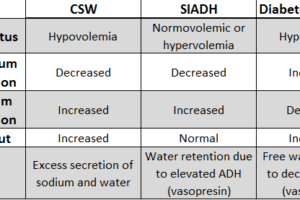Roughly 10% of Americans will get neck pain at some time in their lives. The causes of neck pain include degenerative processes, compression of neural structures, inflammatory, infection, tumors, disruption of resting muscle potentials by chronic spasm, and the disruption of tissue secondary to trauma.
A patient’s history is important with relation to its intensity, its timing, its duration, its relationship to activity, if it is related to any particular activities, and if there has been any change in the patient’s day to day activities. Examination includes a general inspection of the patient’s body habitus, a more specific observation of the head and neck, a sensory exam, palpation of the structures of the head and neck and both upper extremities, and examination of reflexes.
The most common type of neck pain is axial neck pain. Also known as uncomplicated neck pain or cervical sprain, this is a form of musculoskeletal precipitated by posture, sleep habits, ergonomics such as computer monitor, and the interaction of the supporting structures of the head and neck to shoulder problems, TMJ dysfunction, and arthritic changes in the cervical bodies and facets.
Extrinsic pressure on a cervical nerve root by osteophytes or disk material causes symptoms of a cervical radiculopathy. Symptoms relate to the nerve roots that are compromised, but it is felt that an inflammatory response is essential for the onset of symptoms.
Pressure on the spinal cord itself is the cause of a myelopathy. This condition is characterized by long tract signs. Their severity is determined by the factors of cord diameter, the size of osteophytes and where they impinge, the anatomic configuration of protruding disc material, and the vascular supply of the cord.
An acceleration/deceleration phenomenon involving the supporting structures of the neck, usually incurred in automobile accidents, is called a whiplash-associated disorder (WAD). The accident most commonly associated with this injury is a “rear-ender.” Because of the huge legal attention given to this circumstance, an incredible amount of information has been engendered about its treatment—much of it completely self-serving.
It is best to approach this problem utilizing a specific set of guidelines, and educating patients as their recovery progresses is vital. One factor often overlooked in whiplash injuries is the role of TMJ dysfunction caused by minor shifts in gomphoses. These shifts can cause misalignment of the TMJ, which in turn can lead to unconscious bruxism in an attempt to equilibrate the bite, which can create a cycle of spasm and pain. When examining a patient with whiplash, if there is new clicking of TMJ joints with excursion of the jaw, short term splinting may reduce the possibility of long term disability.
Chronic neck pain can be the product of chronic primary problems such as degenerative disc disease and fibromyalgia. It can also become a core part of a chronic pain syndrome—a true treatment dilemma and the cause of a great many cases of analgesic abuse and overall dysfunction.



